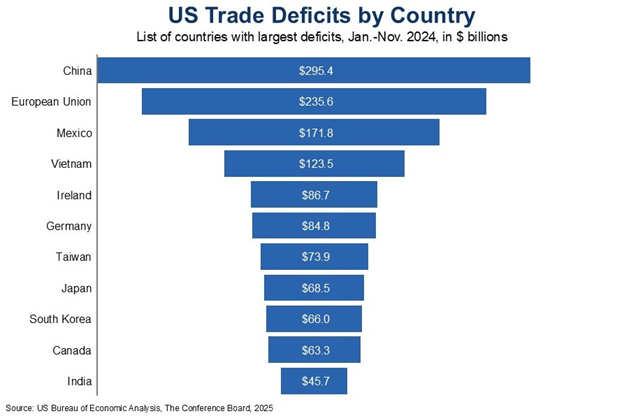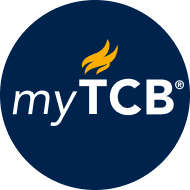
Key goals: The stated objectives of the plan include correcting longstanding trade imbalances, reducing the US trade deficit, and increasing US competitiveness. Key actions: The Administration’s memorandum instructs the Department of Commerce and Office of the US Trade Representative to investigate and propose remedies for imbalances, with reports due in April. Like with other trade activities over the last month, it’s unclear whether tariffs and other actions could be announced before or pending the results of such investigations. This is a large undertaking, as the US is the world’s second largest trading nation, behind only China, with relations with more than 200 trading partners globally. The US also has comprehensive free trade agreements in force with 20 countries. Tariffs are only part of the analysis: The memorandum details that it’s not only tariffs that will be examined when looking at reciprocal US actions. Also considered will be extraterritorial taxes, such as value-added taxes (VAT), subsidies countries provide to their domestic industries, regulatory requirements on US companies operating overseas, limitations to market access for US companies, and other "non-tariff barriers” that would impact US competitiveness. The TCB take: Businesses should consider identifying sources for products and inputs from more than one country and continue evaluating their supply chains for possible diversification and orientation. This might be particularly valuable if supply chains involve countries the US is running large trade deficits with, as listed in the chart below.The White House's Game Plan for Achieving Trade Balance...with 200 Partners
The White House recently announced its “Fair and Reciprocal Plan” regarding trade. The plan details imposing reciprocal trade actions, including tariffs, against US trading partners that the Administration determines to engage in unfair practices.

myTCB® Members get exclusive access to webcasts, publications, data and analysis, plus discounts to events.
FOMC Decision: Do Three Dissents Mean a January Pause?
December 10, 2025
Fed December Decision: Not So Clear Cut
December 09, 2025
September Inflation Pause Bodes Well for Fed Cut
December 05, 2025
September Retail Sales Show Consumers Taking a Breather
November 25, 2025
New Truce Offers Stability after US–China Trade Plummeted in 2025
November 05, 2025
Fed Signals It May Need to Pause
October 29, 2025
Charts
The proliferation of easy-to-use generative AI requires that policymakers and business leaders each play an important role.
LEARN MORECharts
A hyperpolarized environment, diminished trust in our nation’s leaders.
LEARN MOREIN THE NEWS
Denise Dahlhoff on How CEOs Are Talking About Tariffs—without Saying “Tarif…
May 21, 2025
IN THE NEWS
Erin McLaughlin on Tariff Policy
April 07, 2025
IN THE NEWS
Erin McLaughlin on Reshoring Factors
April 05, 2025
IN THE NEWS
Erin McLaughlin on US Reshoring
April 02, 2025
IN THE NEWS
Erin McLaughlin: How policy uncertainty may exacerbate infrastructure chall…
March 19, 2025
IN THE NEWS
Erin McLaughlin discusses the latest on tariff policy
March 14, 2025
